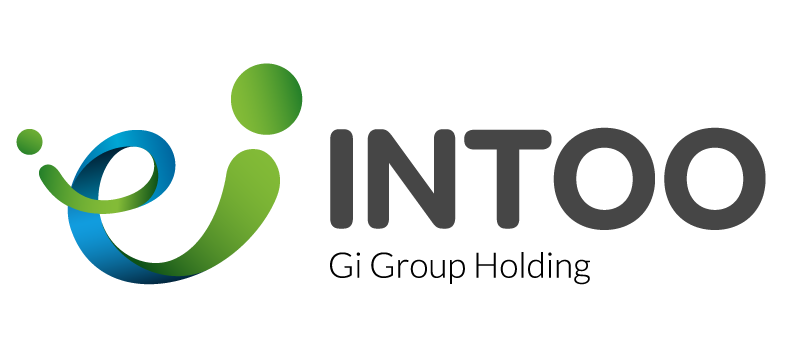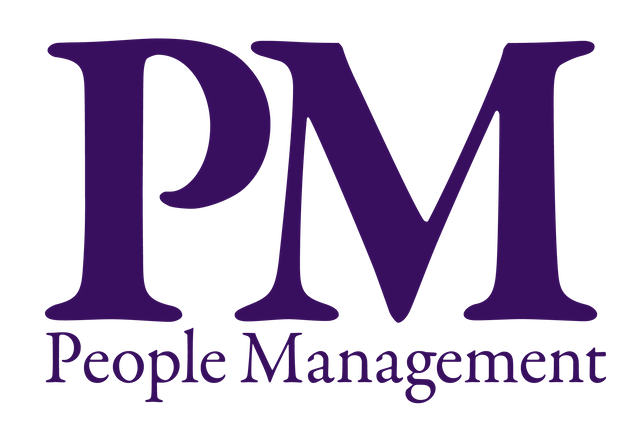? or ?
You’re struggling to retain and attract employees, but think your employee experience isn’t part of the problem? You may want to think again. The results of our recent Employee Quick Pulse survey conducted by The Harris Poll among full/part-time American employees suggest many employers need to do some self-reflection.
Key Stats:
- 78% expect their employer to offer pay increases amid the current rising prices/inflation.
- Nearly three quarters (72%) think they could do their manager’s job if the position became available.
- Three in five (61%) say when their company has a leadership position open, the company is more likely to fill the position with an external candidate vs. promoting an internal one.
- Over three quarters (76%) expect to receive a better pay increase if they get a job at a new company vs. getting a job at their current company
- Two thirds (67%) have felt discouraged from applying to a job they were interested in because of the listed job requirements and qualifications in the past.

? As you strive to build a diverse and loyal workforce, key employee demographics have strong opinions that could affect your efforts.
SHOW ME THE MONEY
These employees are significantly more likely to expect their employer to offer pay increases amid the current rising prices/inflation:
- Males vs. females (83% vs. 72%)
- 35-44 year olds vs. those ages 55+ (84% vs. 69%)
Employees with a household income of less than $50k (74%) and between $75-99.9k (71%) were significantly less likely to have this expectation as compared to those with a household income of $100k+ (82%)
PUT ME IN COACH
These employees were significantly more likely to think they could do their manager’s job if the position became available:
- Those aged 18-54 are 1.5x more likely to think so vs. those 55+ (77% vs. 51%)
- Males vs. females (81% vs. 62%)
- Those with children under 18 vs. those that do not have children under 18 (81% vs. 62%)
HOW DID YOU GET HERE![Pew Research Center’s study on the top reasons for resignations of U.S. workers in 2021 revealed that the top three reasons were low pay, lack of opportunity for advancement, and a feeling of disrespect at work.[1]](data:image/gif;base64,R0lGODlhAQABAAAAACH5BAEKAAEALAAAAAABAAEAAAICTAEAOw==)
These employees were significantly more likely to say that when their company has a leadership position open, the company is more likely to fill the position with an external candidate vs. promoting an internal one:
- 18-44 year olds are more than 1.5x more likely to agree vs. those 55+ (71% vs. 46%)
- Males vs. females (69% vs. 53%)
THE GRASS IS GREENER
These employees were significantly more likely to expect a better pay increase if they get a job at a new company vs. getting a job at their current company
- 18-44 year olds vs. 55-64 year olds (82% vs.65%)
- Males vs. females (82% vs. 71%)
NOW HIRING UNICORNS AND PURPLE SQUIRRELS
These employees are significantly more likely to have felt discouraged from applying to a job they were interested in because of the listed job requirements and qualifications:
- 18-44 year olds vs. those 45+ (76% vs. 53%)
- Parents of children under 18 vs. those that are not (74% vs. 60%)
- Hispanic vs. Black employees (not Hispanic) (76% vs. 58%) with White employees (not Hispanic) falling in between at 66%
Females are significantly less likely to have felt discouraged vs. males (37% vs. 29%)
More than half of employees 55+ say they have not felt this way in the past (54%)
Struggling to attract and retain Millennials and Gen Z? They happen to be the age groups with the greatest levels of concern.
What this information could mean for your organization:
Employees may not have a reason to stay.
Employees desire mobility1 and believe they’re capable of growth, but think they’ll be passed over for external candidates
As a majority of full/part time employees in our survey (61%) say their company prioritizes external candidates for leadership roles, some may not be getting the opportunity to advance. When so many feel they are being denied opportunities for career progression, why should employees stay loyal to their employer?
If your employees believe that their loyalty is not going to be reciprocated, first think: is their perception reality? If it is, you may want to conduct an analysis as to why you are not offering positions to internal candidates or developing leaders from within your organization. Are you making open positions known to your workforce? Are your employees unqualified because they haven’t had opportunities to upskill and reskill? Is your culture one that celebrates employee successes?
And all the more so, if perception is not reality, what steps can you take to bridge the gap? Be sure you are celebrating milestones such as work anniversaries, promotions, and special achievements. Ensure clear communications and expectations about each individual’s work and steps they need to take to achieve their career goals. And in the event that you do need to hire externally, be transparent about the reasons for selecting someone from outside the company.
Pay alone won’t keep employees loyal, but competitive pay helps.
Employees expect to be paid in accordance with current costs of living and recognized for the value they provide your organization. If they are recognized monetarily (while also being provided with opportunities for growth), they’ll be encouraged to stay.
You could be unintentionally narrowing your talent pool.
As you lose employees and try to fill open positions, you may be making things harder for your organization—while simultaneously encouraging attrition—by adding unnecessary requirements and qualifications to your job postings. By overlooking the skills within your internal talent pool, and unique life and soft skills of those within and outside your organization, you may be missing out on the perfect person for the role.
Survey Methodology:
The INTOO/Harris Poll survey was conducted online within the United States by The Harris Poll on behalf of INTOO from April 5-7, 2022 among 951 U.S. adults ages 18 and older who are employed full/part time. The sampling precision of Harris online polls is measured by using a Bayesian credible interval. For this study, the sample data is accurate to within + 2.8 percentage points using a 95% confidence level. For complete survey methodology, including weighting variables and subgroup sample sizes, please contact us.media@intoo.com.1Parker, Kim, and Juliana Menasce Horowitz. “Majority of Workers Who Quit a Job in 2021 Cite Low Pay, No Opportunities for Advancement, Feeling Disrespected.” Pew Research Center, Pew Research Center, 10 Mar. 2022, https://www.pewresearch.org/fact-tank/2022/03/09/majority-of-workers-who-quit-a-job-in-2021-cite-low-pay-no-opportunities-for-advancement-feeling-disrespected/.
2Gonzales, Matt. “Over Half of Young Workers Say They Might Switch Jobs.” SHRM, SHRM, 4 Apr. 2022, https://www.shrm.org/resourcesandtools/hr-topics/behavioral-competencies/global-and-cultural-effectiveness/pages/over-half-of-young-workers-say-they-might-switch-jobs.aspx.
3“Global Talent Trends 2022: The Reinvention of Company Culture.” Global Talent Trends 2022: The Reinvention of Company Culture, https://business.linkedin.com/talent-solutions/global-talent-trends.
4Fanning, Ben. “Hiring Externally Can Severely Damage Your Company, According to a Wharton Study.” Inc.com, Inc., 17 Oct. 2017, https://www.inc.com/ben-fanning/hiring-externally-can-severely-damage-your-company-according-to-a-wharton-study.html.In every stage of the employee lifecycle, INTOO helps employers protect their brand through effective candidate experience, career development, and outplacement services. Contact us to learn how we can make a difference for you and your employees.
Robyn Kern is a seasoned business writer who has written in the HR, education, technology, and nonprofit spaces. She writes about topics including outplacement, layoffs, career development, internal mobility, candidate experience, succession planning, talent acquisition, and more, with the goal of surfacing workforce trends and educating the HR community on these key topics. Her work has been featured on hrforhr.org and trainingindustry.com.


![Pew Research Center’s study on the top reasons for resignations of U.S. workers in 2021 revealed that the top three reasons were low pay, lack of opportunity for advancement, and a feeling of disrespect at work.[1]](https://staging.intoo.fortyapp.com/wp-content/uploads/sites/5/2023/11/Pew-Research-Centers-study-on-the-top-reasons-for-resignations.jpg)

![Microsoft’s 2022 Work Trend Index revealed that about 52% of Millenial and Gen Z workers were likely to consider changing companies this year.[2]](https://staging.intoo.fortyapp.com/wp-content/uploads/sites/5/2023/11/Millenial-Gen-Z-workers-likely-to-consider-changing-companies.png)
![Employees at companies that hire and promote more internal candidates stay 41 percent longer than workers at companies with lower internal hiring rates, according to LinkedIn’s 2020 Global Talent Trends report.[3] External hires can lead to an increase of employee turnover. In fact, they are 61% more likely to be fired from their job than employees promoted from within. Internal hires will already have developed company-specific skills needed to succeed and stay long-term.[4]](https://staging.intoo.fortyapp.com/wp-content/uploads/sites/5/2023/11/companies-promote-internal.png)









